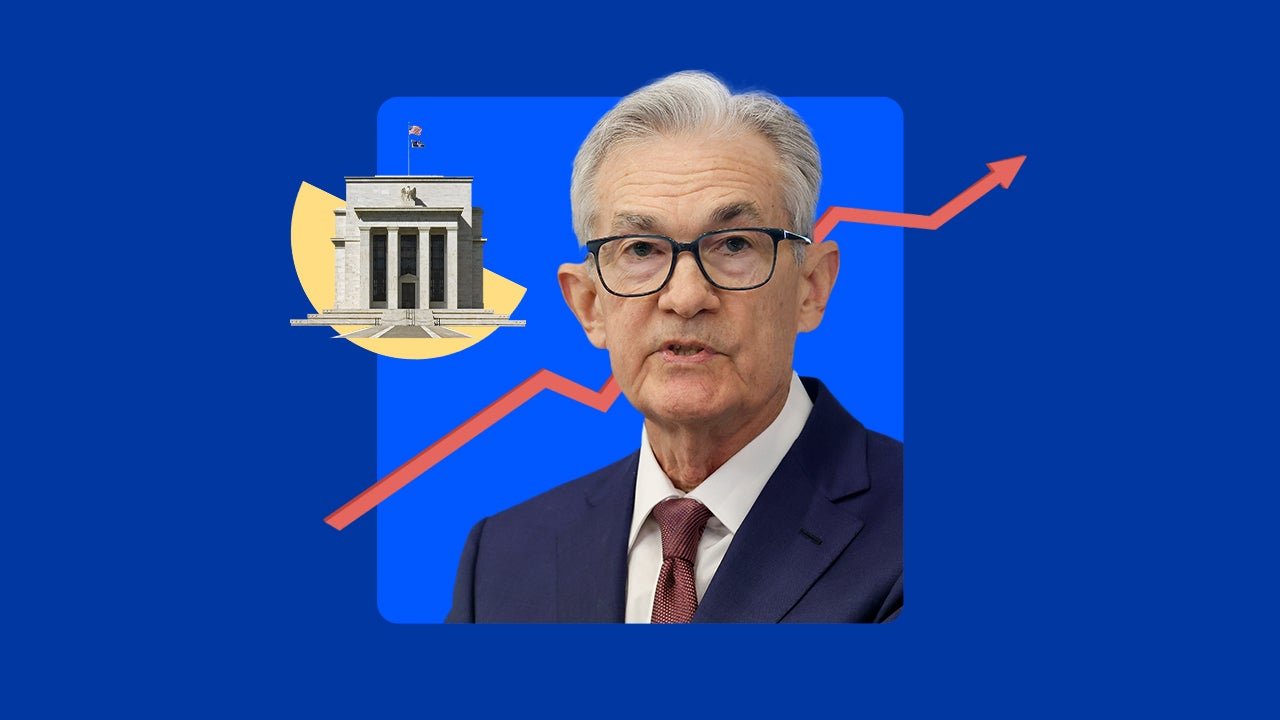The prospect of interest rate cuts in the United States has stirred hopes of relief for Americans burdened by debt. The Federal Reserve recently maintained its short-term benchmark interest rate at a 23-year high, signaling potential future rate reductions. However, financial experts caution that while a shift in rates might boost the stock market, it may not offer substantial relief for various types of debt, including mortgages, auto loans, and credit cards.
The Federal Reserve has kept interest rates elevated for the past couple of years to counter 40-year high inflation. If the central bank decides to cut rates, it would mark a reversal of the aggressive rate hikes. The last time the Fed cut rates was in March 2020, at the onset of the COVID-19 pandemic, to help stimulate economic activity.
Despite expectations of rate cuts, financial markets have already factored in the move, with projections surpassing the Fed’s suggested three rate cuts for the year. The Fed’s influence on mortgage rates, for instance, has seen the 30-year mortgage rate decrease from above 8% to around 7%, but experts believe this might be the peak improvement.
While a rate cut might not lead to a significant drop in mortgage rates, potential buyers are advised not to be deterred, as they can purchase a home and refinance later if rates fall further. Credit cards, on the other hand, are unlikely to experience substantial rate reductions due to the record-high credit card debt of $1.08 trillion and concerns about delinquencies.
For individuals with good credit, there may be a chance of seeing minor reductions in credit card rates as issuers compete to attract high-quality applicants. Auto loans are expected to follow a similar pattern to credit cards, with individuals having good credit potentially benefiting from competition between lenders and securing slightly lower rates.
However, financial analysts emphasize that interest rates alone have a limited impact on affordability, as the difference in monthly payments between different interest rates may not be significant. The surge in auto prices, with the average new vehicle transaction price still 18% higher than pre-pandemic levels, remains a more influential factor affecting affordability.
Interest rates on short-term holdings, such as money market funds and certificates of deposit (CDs), are expected to decline in correlation with any Fed rate cuts. Some banks have already started lowering CD rates in anticipation of future rate cuts.
Lowering borrowing costs for businesses, lower interest rates generally benefit stocks, contributing to the recent record highs of the S&P 500 and Dow indices. However, analysts caution that the market may be ahead of the Fed, and the impact on stocks could be experienced in fits and starts.
For those considering adjustments to their investment portfolios, advisers suggest a shift to longer-dated securities to secure a relatively stable, low-risk yield in the 4% range. When it comes to retirement funds, the classic 60/40 portfolio, comprising 60% stocks and 40% fixed income, is making a comeback. This balanced approach is expected to provide positive returns in 2024, with less risk than in previous years, according to Goldman Sachs.
In summary, while the anticipation of interest rate cuts has generated optimism, the actual impact on various types of debt may be more nuanced, with factors like market anticipation, competition among lenders, and broader economic conditions influencing the outcomes for borrowers.
